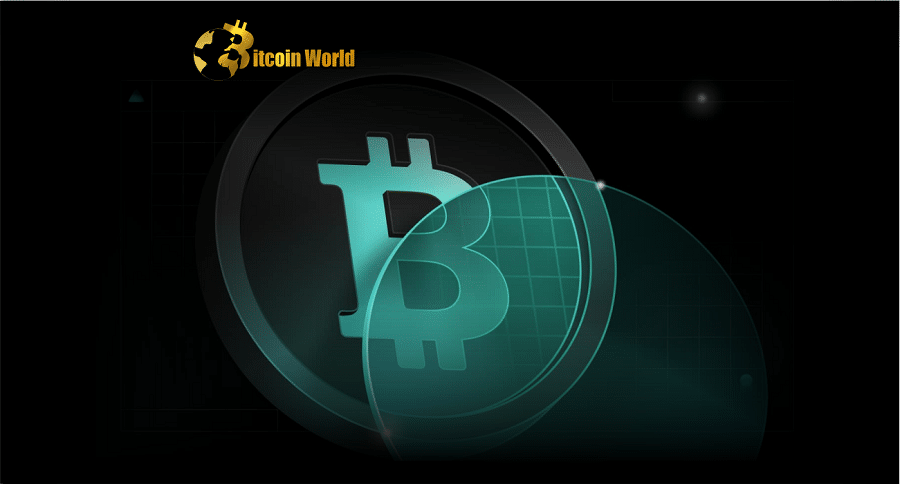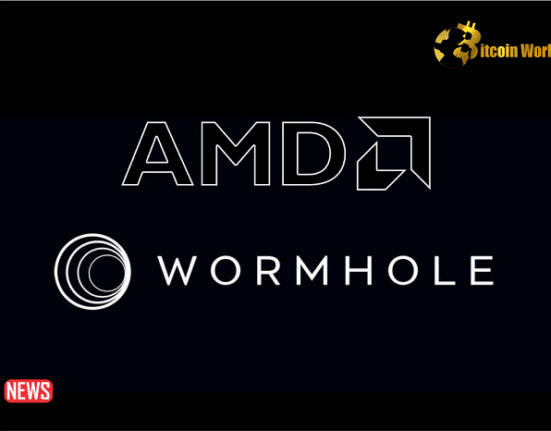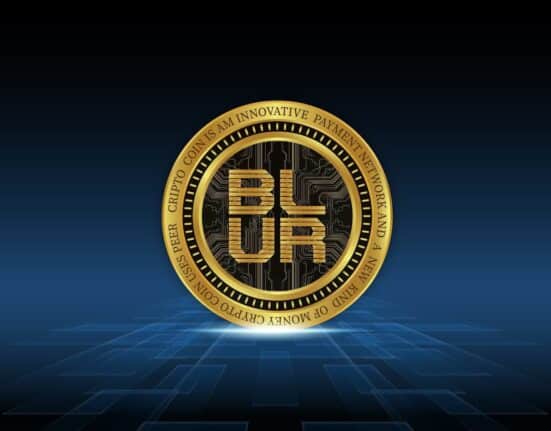It’s been an issue since distributed ledgers were invented. Layer-1 blockchains are inefficient, costly to operate, and difficult to grow. One solution to this problem came in the shape of zero-knowledge rollups, or ZK rollups, which are a critical tool for alleviating many of the challenges that layer-1 networks experience. Rollup enhancements of all types are now supercharging speed and cutting prices, with Sovereign rollups in particular forging a new road ahead.
On a recent edition of 0xResearch, Sovereign Labs Chief Technology Officer Preston Evans spoke with Blockworks about the enormous benefits of Sovereign rollups. Evans claims that the only difference for the user is speedier confirmations and lower costs.
Evans concedes that that’s a big assertion, but it boils down to a smart loophole in the way ZK rollup expenses are calculated. Verifying proofs is the most expensive operation for most rollups, he argues. However, they do not get more expensive to check if they are larger, “so you can prove a thousand or a million transactions for the same L1 gas cost.”
Under normal conditions, this may result in several hours of lag, but presumably not with Sovereign Labs’ approach. Proofs can instead be delivered directly to a peer-to-peer layer of light clients in real time as needed.
Another challenge crucial to keeping things running well in any blockchain setting is ensuring that data is available when users want it. “As a user, it’s critical that you understand what’s inside the state commitment that the ZK-SNARK attests to or that the rollup attests to.” That is the issue with data availability.”
To fix the problem, Evans believes, “you just have to publish the data on the internet somewhere,” with a layer-1 blockchain serving as the “gold standard.” A variety of specialized chains are specifically created for this purpose, with the best utilizing data availability sampling.
As detailed in a blog post by Celestia, a modular blockchain solution geared for scaling, current Ethereum rollups upload their blocks straight to a bridge contract.
Sovereign rollups can function similarly to layer-1 blockchains, but with important distinctions that increase efficiency. Celestia employs a data sampling technique that allows light nodes to sample tiny amounts of data for verification. “The main difference,” according to the blog, “is that they also verify that the rollup block data was included and ordered on the Celestia data availability layer through a Merkle proof.”
According to Evans, this data sampling procedure allows users to “very trivially check that the data availability chain is really doing what it claims to be doing.”
Centralized services are another means of increasing speed and efficiency. Evans, on the other hand, contends that the ultimate purpose of creating sequencers is decentralization. “If all you wanted was a centralized chain, why not use an AWS database?”
He claims that centralized sequencers are merely a stopgap, but that in the long run, decentralization offers a stronger option in terms of censorship resistance. “Some countries are quite likely to regard centralized sequencers as money transmitters…”Who knows what will happen?” he says. “If they decide to start censoring you, you’re basically screwed, right?”
According to Evans, soft confirmations — effectively, a promise from a sequencer — are one method to bridge the speed difference. “When you send a transaction to Ethereum, it usually takes 15 seconds, 30 seconds, or even a minute to complete.” A centralized sequencer, on the other hand, may theoretically provide soft confirmation considerably faster than a layer-1 would conclude.
“There are a lot of interesting designs to look into,” Evans says. A centralized sequencer, for example, may have the power to put specific transactions in a block and provide soft confirmation, but not to create the whole block, avoiding censorship.
“To be honest, it’s quite early. At this point, many of these decentralized sequencers are only white papers.”
“We try not to bet too heavily on any one model and instead contribute research and help push people toward good decentralized models.” But it’s much too early to declare a winner.”














